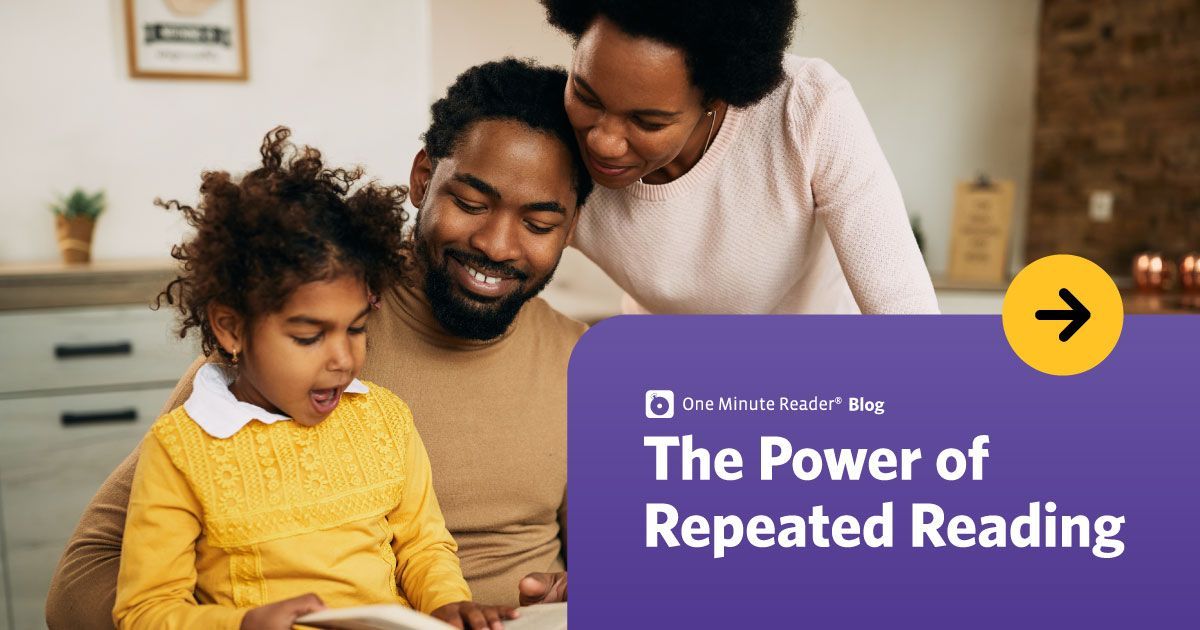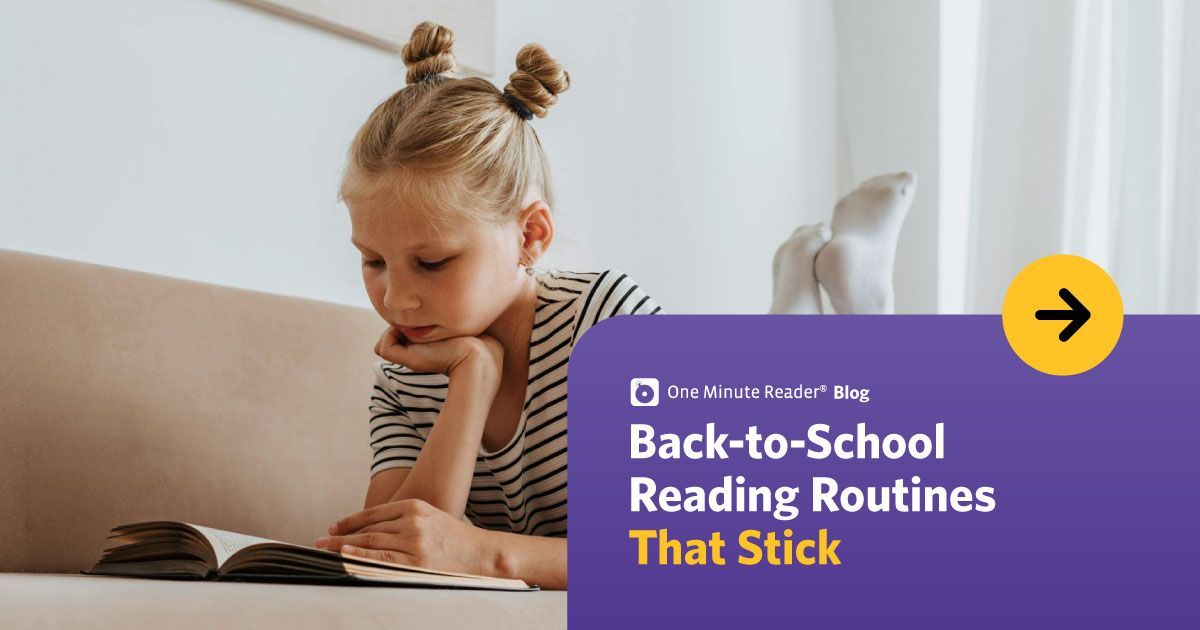Blog
Should You Allow Your Child to Read Books That Are “Too Hard”?
“This book is too hard for you.” “This book isn’t at the right level.”
Have you ever said these things to a developing reader? You may have. As we all know, a book at the wrong level can easily cause a struggling reader to feel frustrated or incompetent—which may lead to just turning the pages and looking at pictures. Thus, it’s often appropriate to direct them toward easier reading material.
And yet, in some situations, a book that’s “too hard” is exactly the right choice. How do you know the difference?
An Education Week article entitled, “Don’t Crush Reading Motivation,”* explores this topic. The article describes two types of reading: guided reading and self-selected reading. Guided reading is at the student’s instructional level, as determined by assessments. When students are involved in this type of reading, the teacher provides reading material at the correct level. This may mean steering students away from books that are too difficult. Guided reading has many benefits as students work to become fluent, but students’ choices are limited and sometimes don't match their interests.
The second type of reading, self-selected reading, involves the student choosing their own reading material from the library, classroom bookshelf, etc. In these situations, the student should be allowed to choose any book they are interested in—even a book that’s too hard. As the Education Week article explains:
“Through self-selected reading, students gain both a sense of independence and greater self-confidence. When their choices are validated—when the book is interesting and they enjoy it—they learn that they can make good decisions on their own. What's more, knowing that they can make wise reading choices can increase their motivation, a key component of independent reading. When a child is motivated to read a book, for whatever reason, this often compensates for any reading difficulties.”
But what if a self-selected book is entirely too challenging for the student to read independently? In this situation, the student should be encouraged to read the book with a proficient reader—another student, a reading buddy from an older grade, or an available adult. Although the student’s independent reading time may be compromised while reading this book, there may be a bigger payoff in motivation and engagement—two very important components of independent reading. Students need books that motivate them to read and keep them engaged. When these elements are present, the student wants to read more often, and reading skills improve.
The Education Week article asserts that both guided reading and self-selected reading are important for developing readers, and we agree. In many ways, students working in One Minute Reader enjoy the benefits of both types of reading, without the drawbacks.
In the One Minute Reader program, students are placed into a level that’s slightly above instructional level. The level provides a challenge, but the strategy offers the support required for the student to succeed. Within this level, the student selects any story they want to read. All stories are high-interest nonfiction, and topics were carefully chosen to appeal to students of all ages. Because the student has the ability to self-select a story, engagement and motivation increase. One Minute Reader also provides audio support, so the student is still able to work independently. Motivation is enhanced by self-monitoring of progress, another key component of the program.
When students are working in One Minute Reader, they’re engaged with their self-selected reading material, and nobody needs to tell them it’s too hard.
Highlighted Posts
Ready to see an improvement in your child's reading?
Sign up today and get seven days for FREE.
One Minute Reader is just $8 per month after your free trial.


